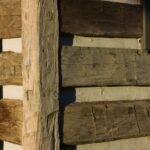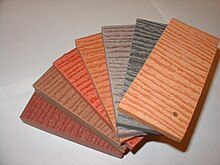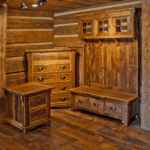What is the difference between hardwood and laminate?
When considering a new floor for your home, most people end up weighing the options of whether to go with hardwood or laminate. Understanding everything that sets these two apart can appear to be difficult at first. To benefit you we created this simple guide comparing hardwood to laminate and showing the pros and cons of each type of flooring in terms of look & feel, expected lifetime, maintenance + repair, and environmental impact.
TLDR;
Hardwood flooring is more eco-friendly, easier to repair, lasts a lot longer, looks and feels more natural and interesting compared to laminate flooring which takes less intensive maintenance, is less susceptible to damage from moisture & temperature changes, has a harder, slightly more durable surface and is manufactured with chemicals like melamine & aluminum oxide that are harmful to the environment…
Basic differences between hardwood and laminate flooring
Laminate is a synthetic flooring material consisting of multiple layers that is manufactured to look like actual wood. Laminate flooring is mostly made up of melamine resin and fiber board at its core and the outer layer is then texture and finished to appear to be the real thing.
Engineered reclaimed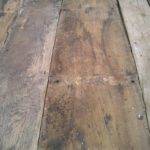 Found and rescued from an unused source. More hardwood flooring is real wood planks either cross-laid layers of solid wood with a pre-finished or natural solid wood lamella top-layer or cut, routed and planed solid wood with a tongue and groove feature to aid installation.
Found and rescued from an unused source. More hardwood flooring is real wood planks either cross-laid layers of solid wood with a pre-finished or natural solid wood lamella top-layer or cut, routed and planed solid wood with a tongue and groove feature to aid installation.
Hardwood preserves the unique texture and appearance of the original timber it was cut from while laminate is just an imitation, some higher end laminate flooring may be able to fool the casual onlooker but there are more differences than just look and feel.
Comparing the visual aspects of laminate and hardwood flooring
Comparing hardwood to laminate visually is night and day, even to the untrained eye. While laminate flooring uses predefined patterns that repeat every 5 boards using an imprinting method it is easy for anyone to notice the pattern, opposed to hardwood, especially reclaimed hardwood flooring where textures, colors, widths, lengths, and character can change wildly from plank to plank.
The expected lifetime of laminate and hardwood floors
How long a floor will last depends on traffic and maintenance mostly.
Most laminate flooring is created by binding melamine resin and aluminum oxide at high pressures and extreme temperatures making it harder in most cases than natural wood in addition to being more resistant to moisture, fading and staining.
It takes on average about 20 years or more for a family to wear down the finish on a laminate floor, a relatively short period compared to hardwood flooring.
Laminate can’t be sanded and refinished, rather after accumulating significant wear & tear, dents + scratches, eventually, the flooring will be completely destroyed.
Authentic hardwood floors can last a lifetime or even a few lifetimes if properly cared for. 40 – 80 years on average for well-maintained floors and then you’re only required to refinish rather than replace.
One of the main reasons we’re in the business we’re in is because of the resilience of hardwood flooring, engineered reclaimed hardwood will be softer than pressurized composite surfaces, as a result, it can dent, scratch more easily and be more susceptible to moisture and temperature fluctuations. A significant perk is that a damaged wood floor can be spot repaired by simply sanding and refinishing the affected area whereas damaged laminate would need to be replaced, creating more waste and higher costs.
Different finishes on hardwood offer certain advantages where reclaimed stressed woods with a natural finish will allow dents, scratches, and stains to blend into the look while the look of a laminate floor could be ruined by something simple like a stain or severe dent/scratch damage.
Once it does come time to replace an old hardwood floor, unlike laminate flooring, the materials can be recycled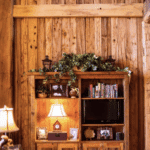 Waste converted into reusable material More/reclaimed or even disposed of without harming the environment.
Waste converted into reusable material More/reclaimed or even disposed of without harming the environment.
The effects of moisture on hardwood & laminate flooring
Wood breathes, it’s an organic material that came from a living source. As such it responds naturally to fluctuations in temperatures and moisture in the air. Depending on the materials temperatures and moisture should be controlled within certain ranges recommended by the manufacturer. Laminate is less susceptible to humidity changes and temperature fluctuations and as a result, is more commonly found in bathrooms, kitchens, and basements.
Maintaining Hardwood Floors VS. Laminate
Maintaining a laminate floor is simple, sweep + mop regularly and be careful not to drag furniture around to prevent scratches. Hardwood flooring on the other requires a little extra elbow grease. Take care to use special cleaners on your hardwood flooring and try to avoid generic household surface cleaners unless cleared by the flooring material supplier/manufacturer.
Hardwood floors can stand Coca-Cola or red wine a spill here and there but try not to let it sit too long just in case and similar to laminate sweep and mop regularly as well as avoid scratches and dent when moving heavier furniture.
Repairing hardwood flooring compared to laminate
If you are lucky enough to have a floating laminate floor that snaps together rather than one created by gluing the pieces down you may be able to replace individual planks that have been stained, scratched, dented or otherwise maimed. New planks may not match the existing/surrounding flooring with wear and tear, exposure to sunlight and/or age leaving the possibility for them stick out more than the damage did. You won’t be able to sand or refinish laminate flooring either since the wood texture is often printed, painted or even pressed onto the resin like surface, once it’s worn out it’s done and it could mean replacing the entire floor.
Hardwood flooring is far easier to repair than laminate even 200-year-old reclaimed flooring can be restored to a likable, useable finish. Some spot damage may only require a wire brush and some finishing oil, other repairs may take a little sanding, some wood filler, staining, and/or refinishing. Small pieces can even be cut out and replaced if needed and whole planks could be removed and repaired or replaced.
Hardwood floors are more forgiving and have more options for repair and restoration in the long run. This is one of the key reasons we have materials to source for our reclaimed wood flooring products and it’s why the life expectancy of hardwood VS laminate favors hardwood so strongly.
The environmental impact of laminate floors VS. hardwood
Our reclaimed hardwood isn’t just environmentally friendly, it’s sourced from barns, cabins, and outbuildings where the material would have otherwise been disposed of in some other way. So not only are we using 100% eco-friendly organic material to create beautiful hardwood flooring for homes and offices we are taking the material out of a situation where it might have gone to waste and putting it to good use.
New hardwood flooring manufacturers produce flooring using eco-friendly methods, keeping solid wood flooring 100% organic and multi-layered engineered flooring mostly organic, adhering to strict standards for producing flooring that contains no harmful VOC emissions and uses adhesives that are formaldehyde free.
Laminate flooring, in contrast, is far from organic being that it is created by fusing different synthetic composites and harmful chemicals using extreme heat and tremendous pressure. Large volumes of cheap toxic glues and adhesives, some of which contain formaldehyde and other life-threatening chemicals and materials that continue to exhaust toxic gasses into the air long after installation, potentially adversely affecting the health of the home’s inhabitants. Once disposed of the laminate material continues to break down expose the environment to these toxic chemicals contaminating the food, water, and air.
Conclusion
You may have been on the fence about solid, engineered, reclaimed and laminate flooring before, hopefully, our guide has given you the insight needed to determine the best option for your dwelling and can act as a reference in the future for your friends, neighbors, and family. Feel free to share and discuss.
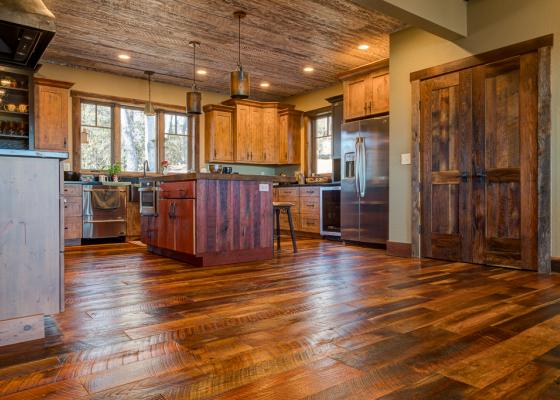

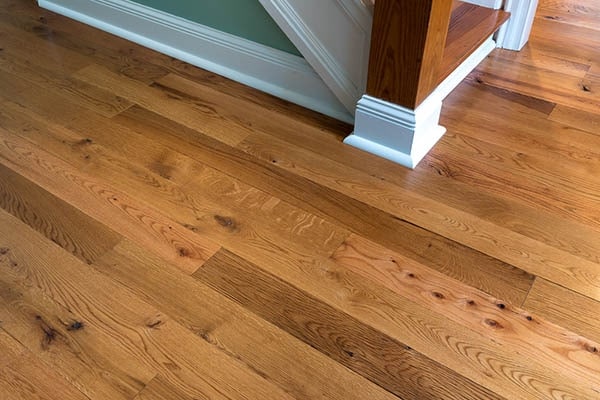
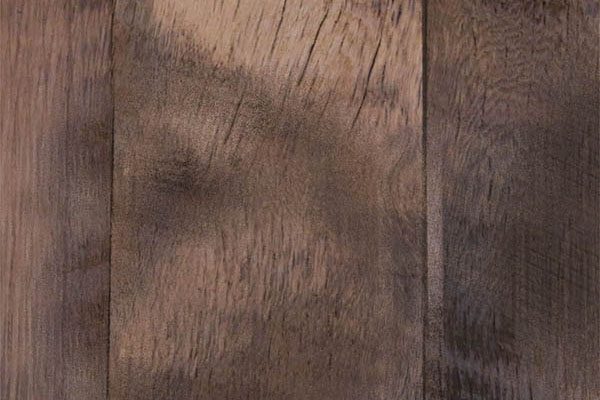
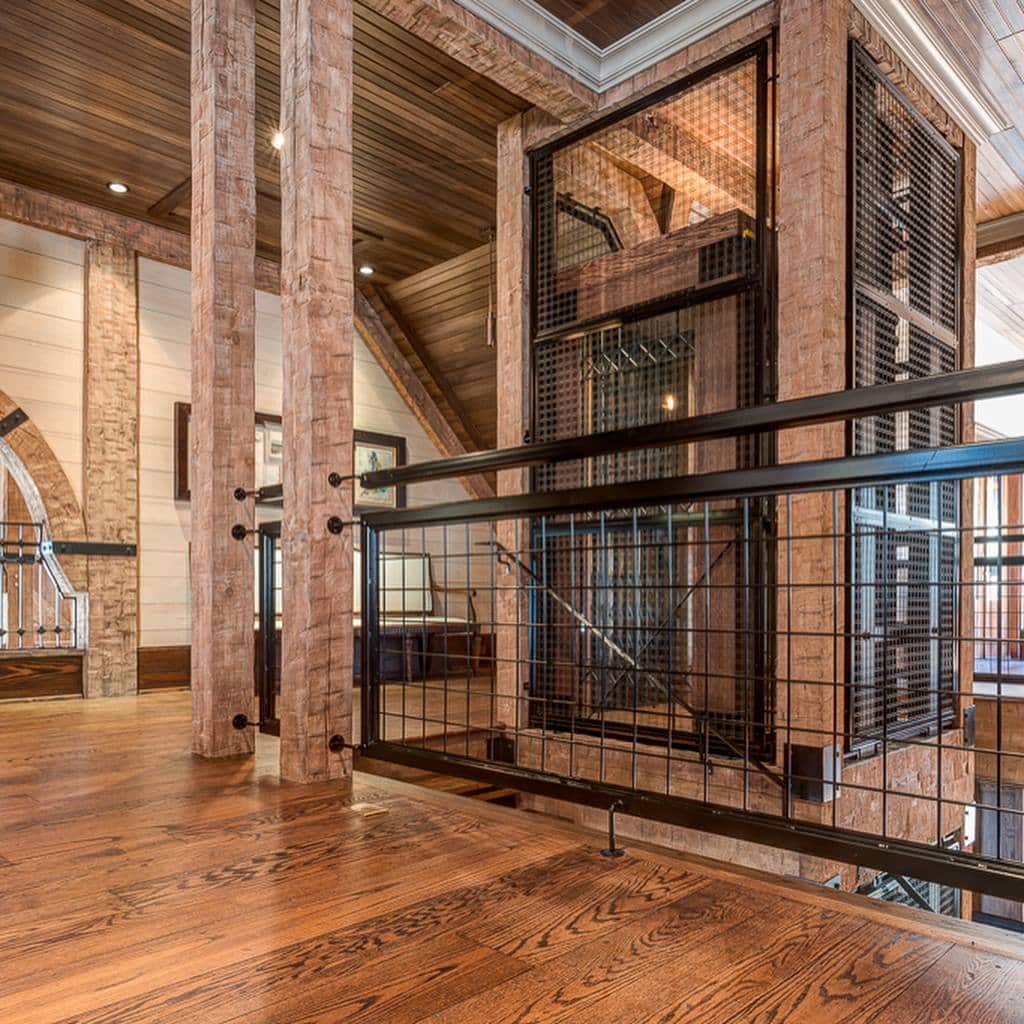

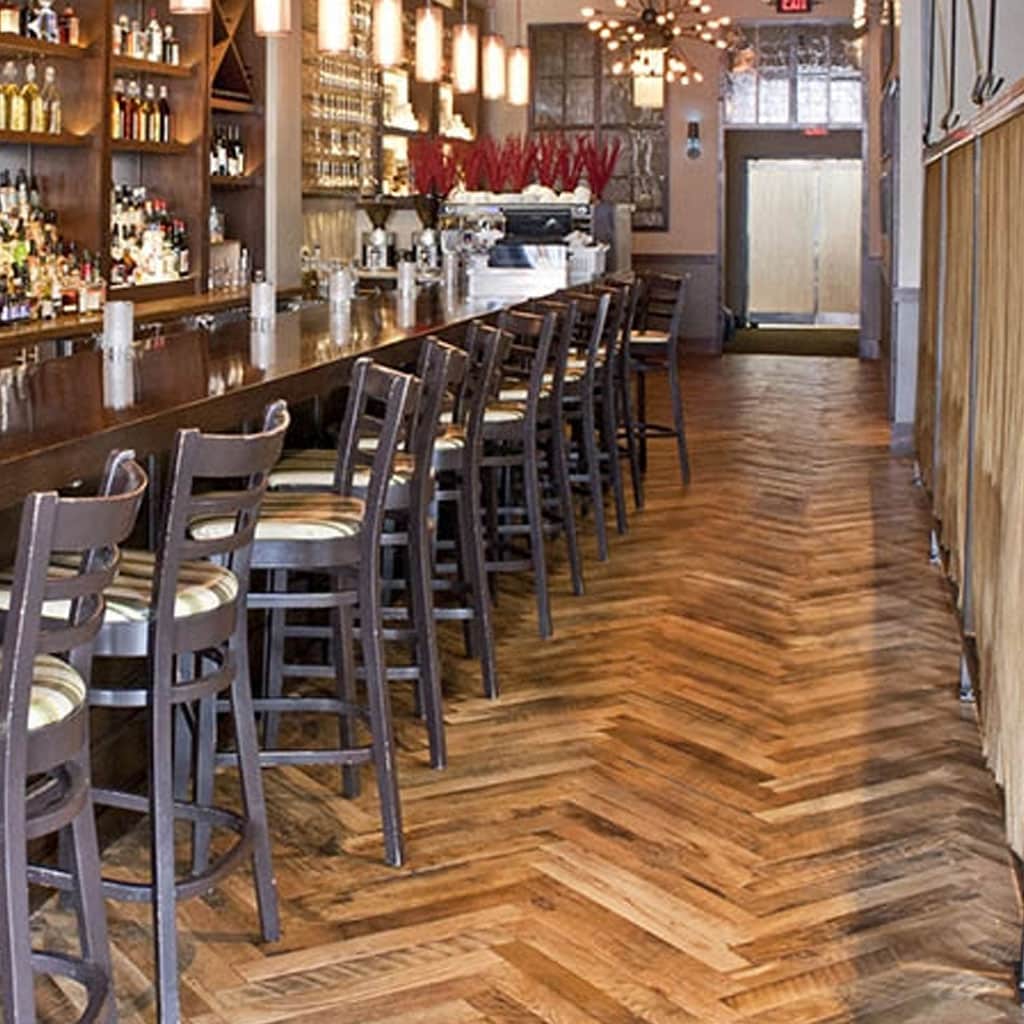
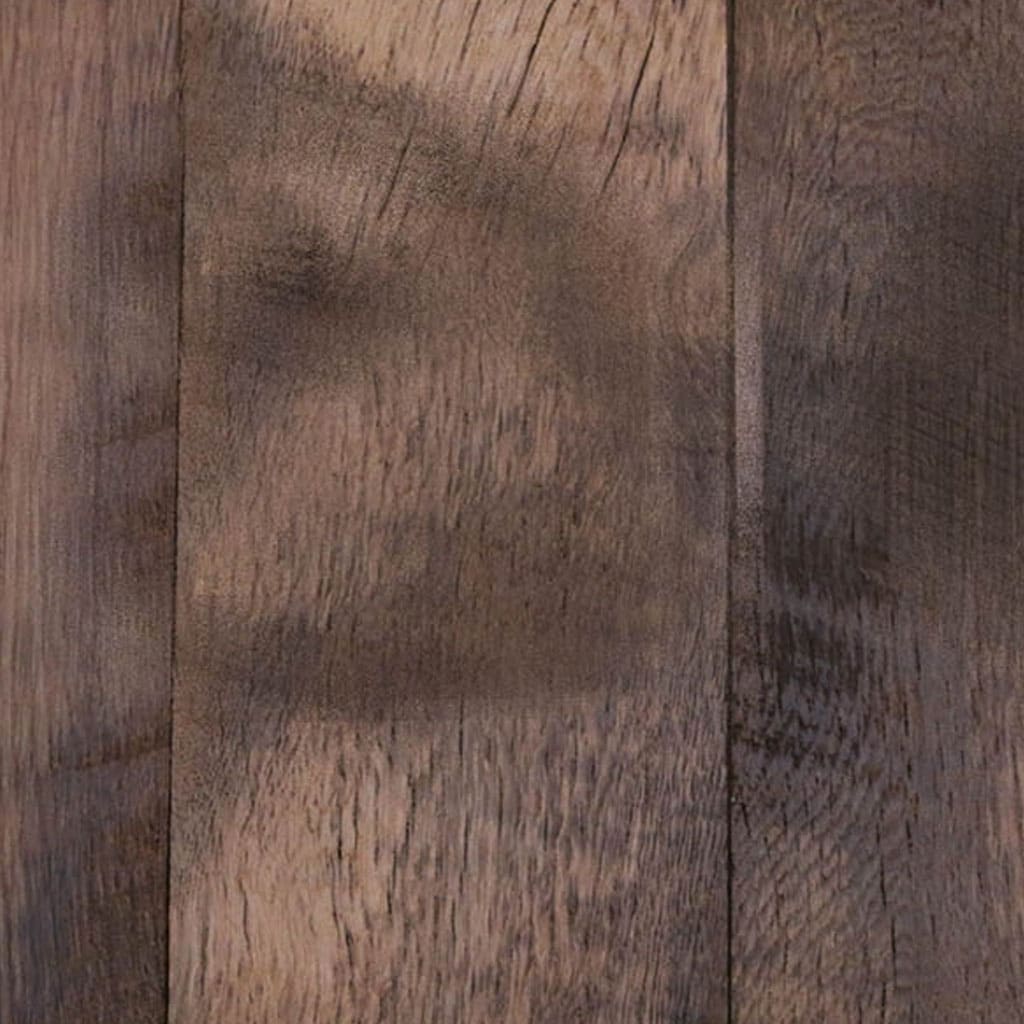

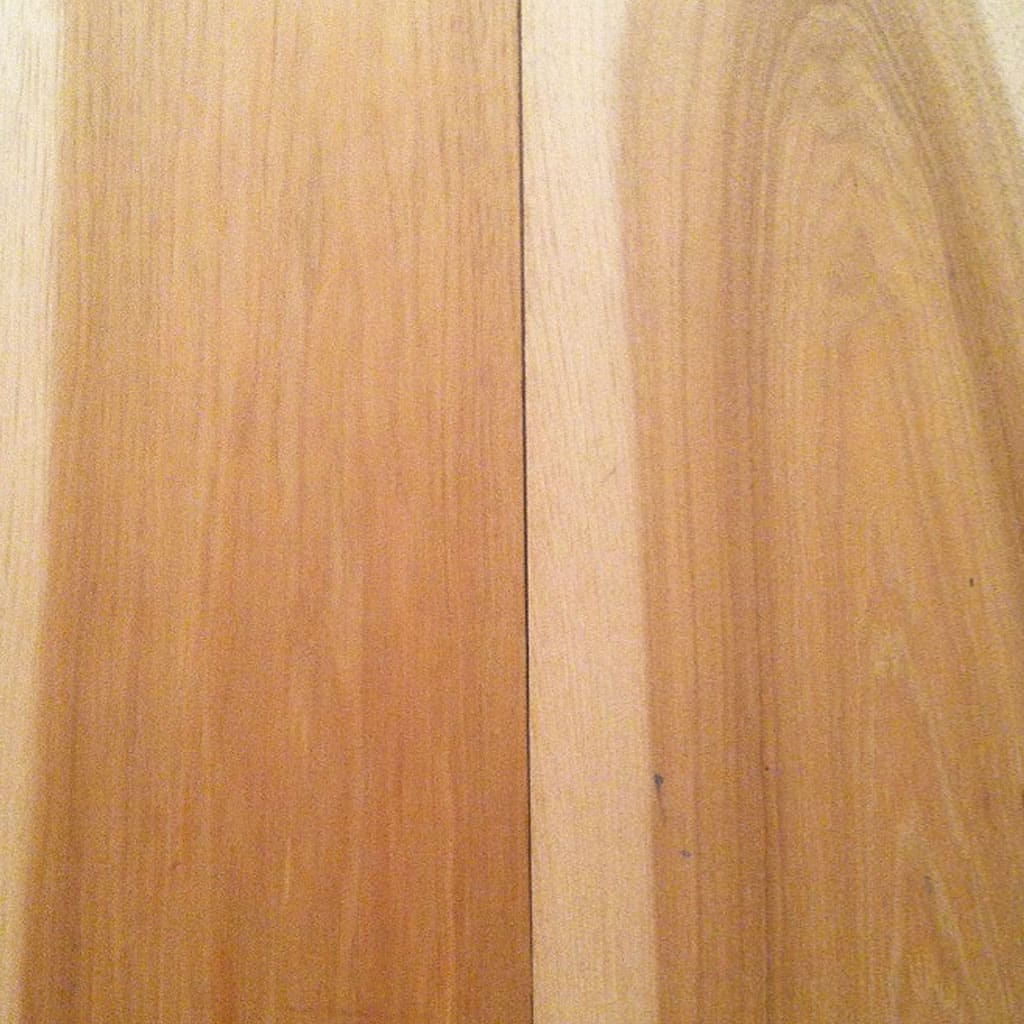


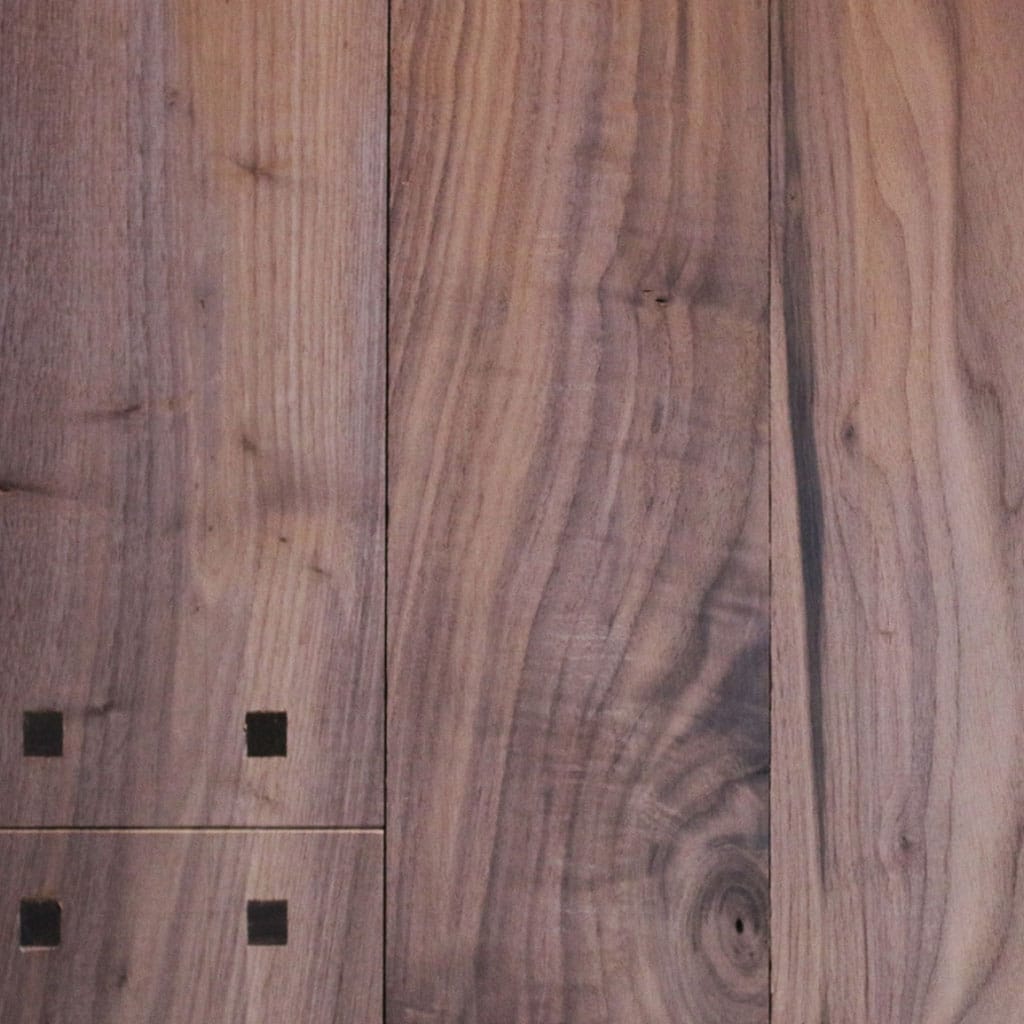
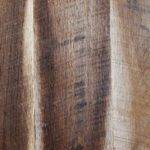
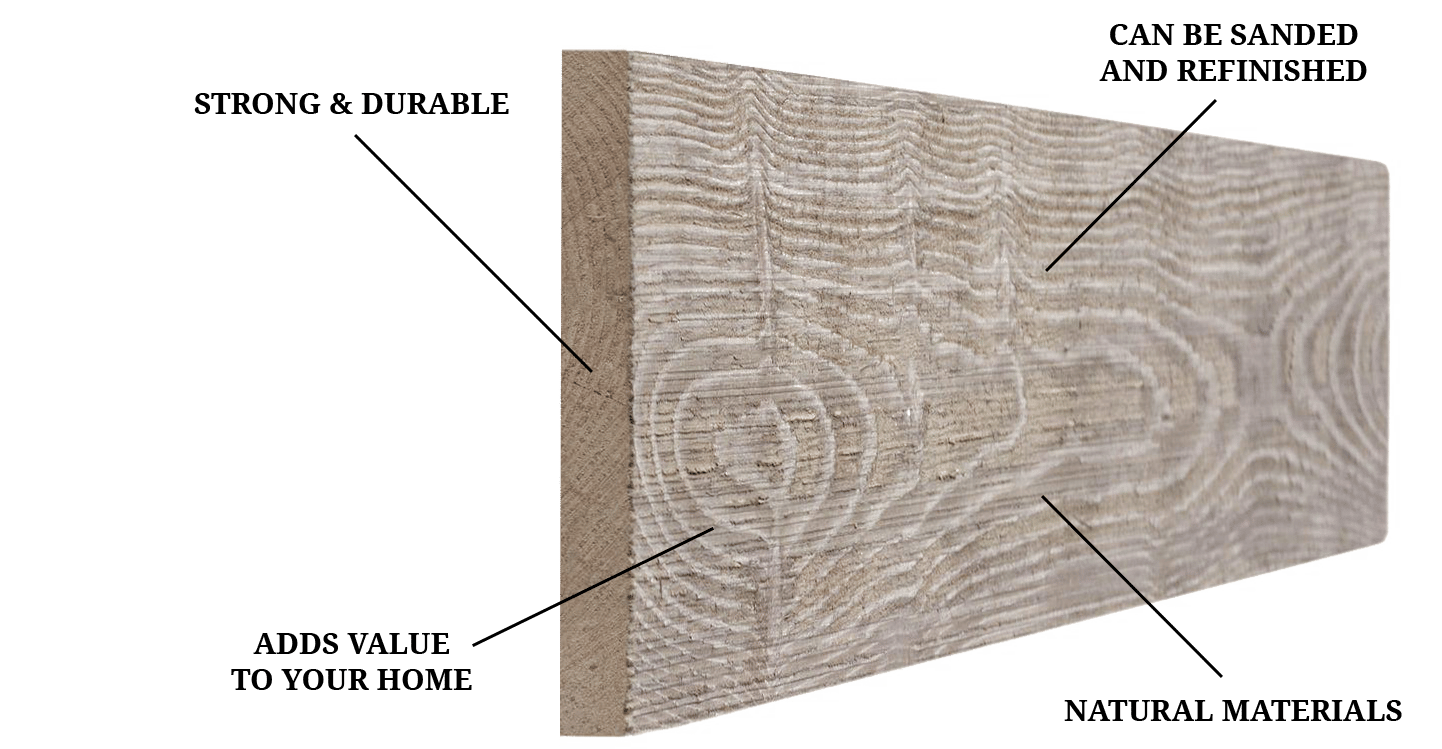
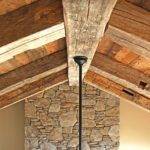


 Cats are seldom any problem with hardwood flooring as they are just too light to cause much damage at all due to nails. Accidents in terms of vomiting up their food or urination on hardwood, should obviously be cleaned up right away. Additionally, all of the above tips can also be applied (to a lesser degree) to your feline friend.
Cats are seldom any problem with hardwood flooring as they are just too light to cause much damage at all due to nails. Accidents in terms of vomiting up their food or urination on hardwood, should obviously be cleaned up right away. Additionally, all of the above tips can also be applied (to a lesser degree) to your feline friend.